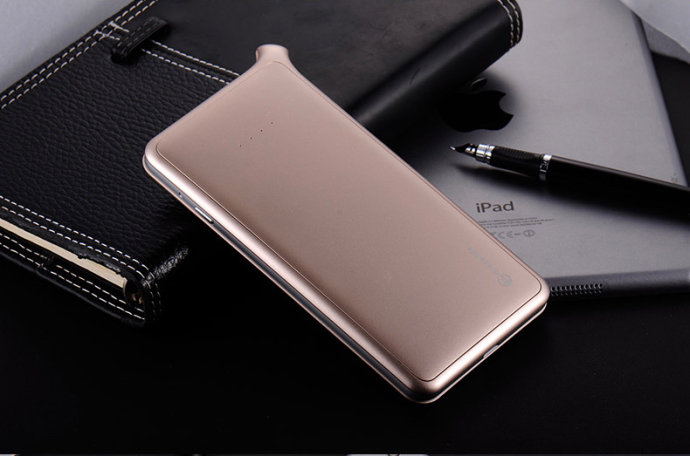
It’s important to note that mobile hotspots will only work on some carriers and networks, unless you buy an unlocked device. You might want to check out the best unlimited data plans and best family plans to find your ideal carrier.
Verizon – Jetpack AC791L ($200 retail, $50 with contract)

Where the Jetpack shines the brightest is through its battery life. With just one full charge, the AC791L can last for 21 hours, and it can support up to 15 devices. You can put that battery power to good use by using one of the Jetpack’s convenient ports to charge your other devices.
Its aesthetic and capacitive buttons look and feel archaic compared to current tech designs, but its 5GHz bandwidth and strong LTE speeds overcome any of the Jetpack’s minor flaws.
AT&T – Netgear Unite Explore ($50 with contract)

If you need a mobile hotspot that’s just as durable as your phone, then the Netgear Unite Explore’s rubber exterior and splash resistance will work great for you. What will also work great is the nice set of features, including the 18-hour battery life and dual antenna ports to help this hotspot go even further.
There’s really nothing bad to say about the Unite Explore, other than you have to use AT&T’s pretty pricey services to get it working. If your carrier fees are on your company’s dime, then you’re in the clear, but if you’re looking to get a mobile hotspot on your own data plan, then you might want to switch carriers first.
T-Mobile – Alcatel Linkzone ($48)

The Alcatel Linkzone is hands down the best mobile hotspot you can get for T-Mobile, but that’s because it’s the only one. Its features are pretty limited, but it’s light, has reasonable battery life at nearly 8 hours, and there’s even a MicroSD card slot.
What’s noticeably lacking is its speed. Unlike all the other hotspots on this list that work at 5GHz, the Linkzone only works at 2.4.GHZ.
Sprint – Netgear Zing
($90)

The Netgear Zing from Sprint takes something as plainly designed as a mobile hotspot and turns it into an intuitive piece of technology that’s actually a joy to interact with. Along with its touchscreen display, the Zing also comes with an app that lets you manage your hotspot settings from your phone. The Wi-Fi range isn’t as good as other hotspots in its price bracket, but the dual antenna ports make that an easy, cheap fix.
Sprint – Netgear Zing
International – GlocalMe U2
($140)

Originally an Indiegogo project, GlocalMe U2 has turned into the best alternative to a carrier-provided mobile hotspot. It has a lot of standout features like an integrated app, the ability to work with all the top cell phone carriers, and slots for both full-size and Micro SIMs, but its most impressive feature is its cloud SIM technology, which allows you to get online in more than 100 countries without inserting a SIM card.
There are a variety of payment plans for the cloud feature, and they’re all pretty reasonable, but the price of the U2 itself is pretty high, especially compared to carrier-provided hotspots. The GlocalMe U2 isn’t a good fit for most business travelers, but for the avid tourist, this device is definitely worth the investment.
International – GlocalMe U2

